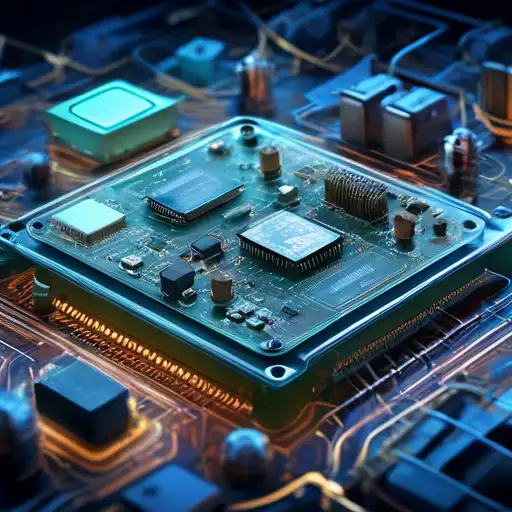The Hidden Heroes: How Embedded Systems Power Our Smart Devices
In the digital age, smart devices have become an integral part of our daily lives. From smartphones to smart refrigerators, these devices make our lives easier, more connected, and more efficient. But have you ever wondered what powers these smart devices? The answer lies in embedded systems, the unsung heroes of the tech world.
What Are Embedded Systems?
Embedded systems are specialized computing systems that perform dedicated functions within larger mechanical or electrical systems. Unlike general-purpose computers, which are designed to handle a wide range of tasks, embedded systems are tailored to specific tasks, making them more efficient and reliable for their intended purposes.
The Role of Embedded Systems in Smart Devices
Embedded systems are the brains behind smart devices. They control everything from the temperature in your smart thermostat to the notifications on your smartwatch. Without embedded systems, smart devices would not be able to perform their functions efficiently or interact with users in meaningful ways.
Examples of Embedded Systems in Everyday Life
- Smartphones: Embedded systems manage the touchscreen, camera, and connectivity features.
- Smart Home Devices: Devices like smart lights and security cameras rely on embedded systems for automation and remote control.
- Wearable Technology: Fitness trackers and smartwatches use embedded systems to monitor health metrics and display information.
- Automotive Systems: Modern cars are equipped with embedded systems for navigation, entertainment, and safety features.
Why Embedded Systems Are Essential for the Future of Technology
As the Internet of Things (IoT) continues to expand, the demand for efficient and reliable embedded systems will only grow. These systems are crucial for the development of smarter, more connected devices that can improve our quality of life and drive technological innovation forward.
Challenges and Opportunities in Embedded Systems Development
Developing embedded systems comes with its own set of challenges, including power consumption, security, and scalability. However, these challenges also present opportunities for innovation, as engineers and developers work to create more advanced and efficient systems.
For those interested in learning more about the future of technology and how embedded systems are shaping it, exploring the latest trends in IoT and tech innovation can provide valuable insights.
In conclusion, embedded systems are the backbone of smart devices, enabling them to perform their functions seamlessly and efficiently. As technology continues to evolve, the role of embedded systems will become even more critical, paving the way for a smarter, more connected world.
